Are you expecting? Did you recently get a pet who’s furry and fierce? Or maybe you’re just looking for cool Viking and Norse names to spice up your weekly Dungeons & Dragons session? Either way, we’ve got you covered.
The best place to start the introduction is the Viking Age. When talking about the Viking Age, people usually refer to the period in Scandinavian history that lasted from roughly 800 AD (the time of the first recorded Viking raids) until the 1050s AD (before the Norman Conquest of England). During this period, Vikings engaged in numerous expeditions into foreign lands and carried out raids.
Their presence was felt throughout Northern Europe and beyond, with numerous countries and nations directly impacted by the Vikings’ appetite for conquers and glory. By trading, pillaging, and conquering, the Vikings acquired numerous treasures that they often brought back to their home countries.
However, a characterization of the Viking Age revolving solely around its brutality would be overly simplistic.
The Vikings also engaged in farming, fishing, and trade, and their ships were instrumental in securing new revenues for the Nordic people of the time. Such ships have survived to this day, and the world’s best-preserved Viking ships can be seen in the Viking Ship Museum in Oslo, Norway. The museum houses ships that were carried to shore so that they could be used in burial rituals for their affluent Viking owners.
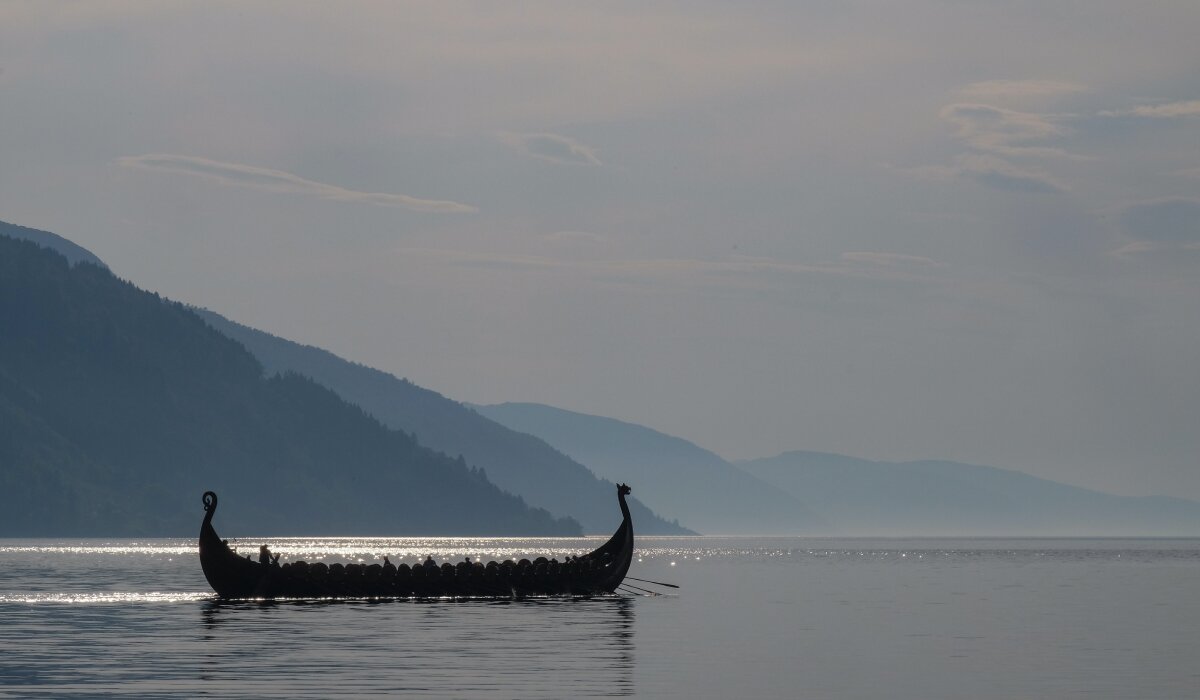
Viking names – religious and environmental influences
During the Viking Age, Christianity rose in popularity to a point where it replaced the old Nordic religion and pantheon of the time.
The influence of the Nordic pantheon on the naming practices of the Viking Age was significant: boys and girls were often named after divinities. Boys were often named after Thor, the famous Mjolnir-wielding god of thunder, with names such as Toke, Tora, Troels, and Thorsten.
On the other hand, girls were often named Inge after the god Ing and Thurid after the god Thor.
Names related to the enemies of Nordic deities were also popular, many of them being names of animals – the National Museum of Denmark singles out Jörmungandr (“the Midgard serpent”) and the wolf Fenrir as examples.
Vikings were thus sometimes named Ulf (“wolf”), Bjørn (“bear”), or Orm (“serpent”), as a recognition of the importance of these mythical creatures in the Viking culture of the time.
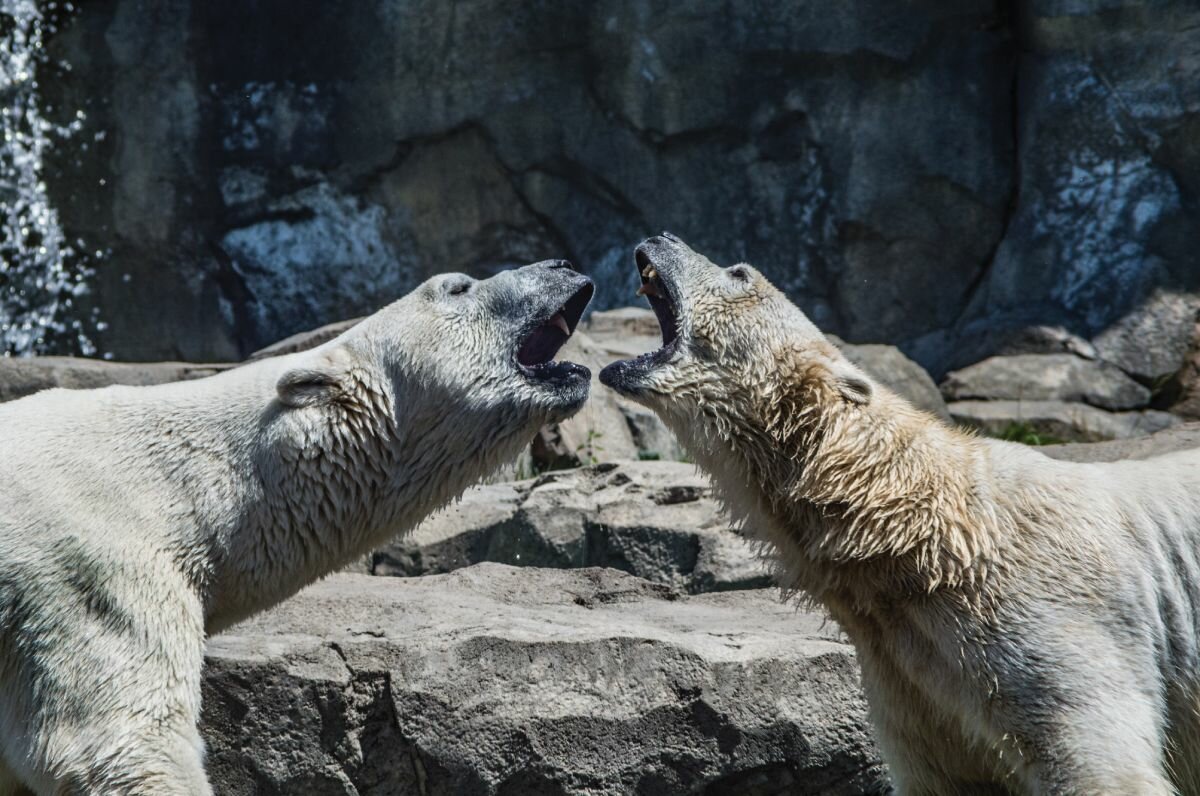
Popular modern name picks inspired by Vikings
Many Viking Age names are still widely given to children throughout Scandinavia. For example, names such as Erik, Frode, Hilda, and Sigrid are common in Norway, while names such as Sigrid, Rune, and Tove are often given in Denmark.
Furthermore, popular culture, such as HBO’s drama series Vikings, has re-ignited interest in Viking names among soon-to-be and new parents, driving up the popularity of names such as Ragnar, Ivar, Sigurd, Erik, Svein, Torstein, Helga, Therese, and Magnus.
Historically, some Viking names were also believed to be inscribed with special blessings and power, bestowing protection and endurance throughout the course of one’s life.
There are numerous examples of such naming practices: Hilda, signifying “the fighter,” Signe, meaning “the one who is victorious,” Erik, signifying “the absolute ruler,” Frode signifying “the wise and clever,” and Sigrid, signifying “the victorious horsewoman,” all fit this pattern.
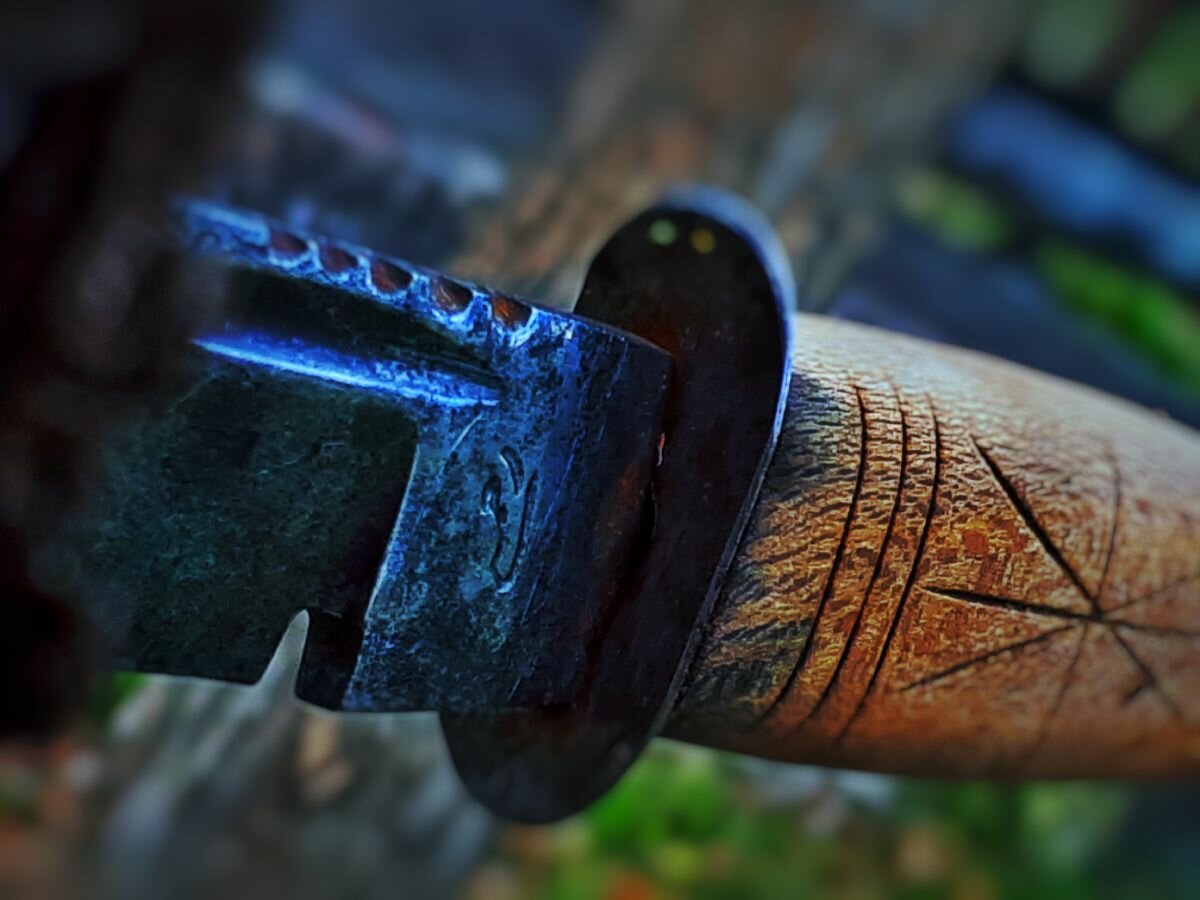
How do we know that Viking names are authentic?
Numerous runic inscriptions and toponyms carry authentic and interesting Viking names. The famous Danish Jelling stones (Jellingstenene), great carved runestones dating to the 10th century AD from the Danish town of Jelling, hold runic inscriptions that mention the names Harald, Gorm, and Thyra:
“King Harald bade this monument be made in memory of Gorm his father and Thyra his mother, that Harald who won for himself all Denmark and Norway and made the Danes Christians” – Jellingstenene runic inscription
Archeological finds of Viking burial mounds have also unearthed Viking skeletons, intricate wood carvings, and a range of Viking artifacts – from swords, across jewelry, to coins. Names have also been discovered on skull fragments, where they were inscribed.
It is interesting to note that Vikings, on occasion, also had bynames – nicknames given to distinguish them due to a particular trait or to indicate their connections or relations to someone or something (e.g., Arne with the Blue Axe and similar).
The rise of Christianity during the Viking Age also brought about the increased popularity of religious names associated with the Holy Bible. However, these names didn’t ‘squeeze out’ Viking names, which are commonly given throughout the Nordic countries to this day.
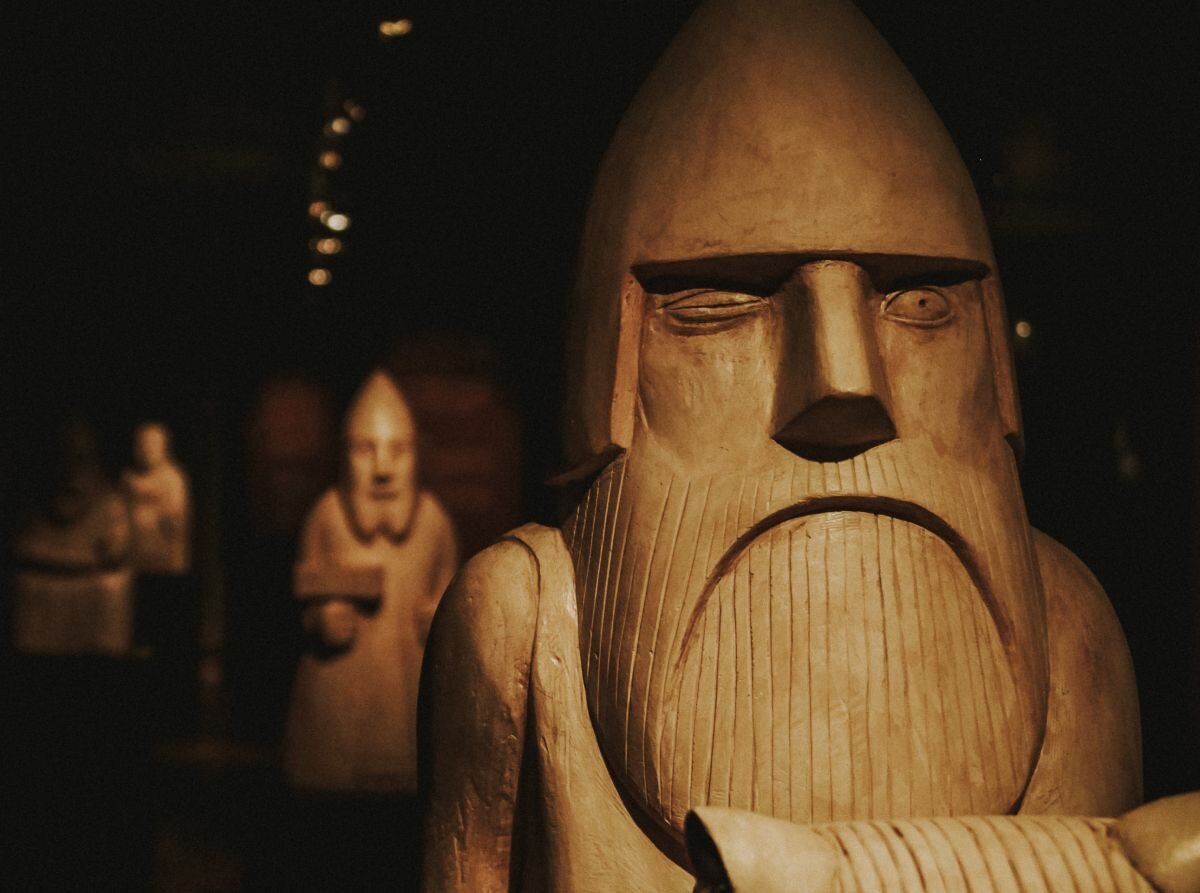
Meaning of more than 30 Viking names
The National Museum of Denmark showcases a host of other fascinating male Viking names, including Bo (signifying “the resident”), Birger (meaning “the keeper”), Gorm (signifying “he who worships god”), Halfdan (signifying “the half-Danish”), Knud (signifying “the knot”), Kåre (meaning “with curly hair”), Leif (signifying “the descendant”), Njal (signifying “the giant”), Sten (signifying “the stone), Skarde (signifying “with the cleft chin”), Sune (meaning “the son”), Svend (signifying “the freeman who is in the service of another”), Trygve (signifying “the trustworthy”), Ødger (meaning “wealth and spear”), and Åge (signifying “the man that plows”).
Aside from the already mentioned female Viking names, other interesting Viking names included Astrid (signifying “the beautiful, loved”), Bodil (signifying “penance and fight”), Frida (meaning “peace”), Gertrud (signifying “the spear”), Gro (signifying “to grow”), Estrid (signifying “god and beautiful”), Gudrun (meaning “god and rune”), Gunhild (signifying “fight”), Liv (signifying “of life”), Randi (signifying “the shield or shrine”), Revna (meaning “the raven”), Sif (signifying “the wife and bride”), Tove (signifying “the dove”), Thyra (signifying “helpful”), Yrsa (signifying “wild or she-bear”), Ulfhild (meaning “the wolf or battle”), and Åse (signifying “the goddess”).
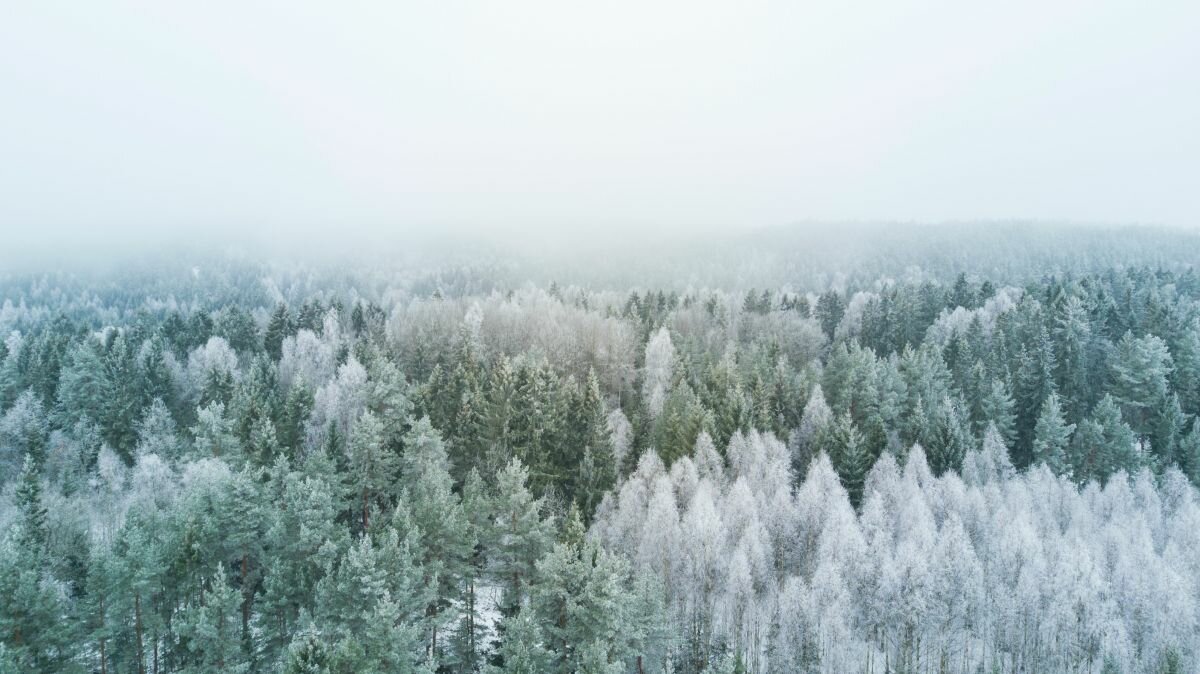
Looking for a real-life Viking experience?
Viking enthusiasts can find a host of Viking festivals and gatherings to visit throughout Scandinavia. A great example is that of the Lofotr Viking Museum in Borg, a small settlement north of the village of Bøstad in Vestvågøy Municipality in Nordland, which features the largest Viking-era house ever found and showcases Viking feasts and activities that visitors can join.
Shooting bows and arrows, rowing in Viking ships, joining a Viking feast… With its rich selection of activities, the Museum caters to even the most demanding Viking fans. There is also a five-day Viking festival featuring a market, Viking roleplayers, game shows, competitions, lectures, theater, concerts, and much more.
The festival usually takes place during the summer, by the Viking ship harbor. The first Viking festival was organized in 2004 and has been growing in popularity ever since. Thousands of guests visit every year to join the fun.
If you’re curious about learning more about Viking history, we’ve also got you covered. Find out all about Viking religion here, see what the Vikings’ homes looked like here, and discover a possible ancient Viking “GPS” here.
We love to hear from our readers – if you have any cool Viking name ideas that you’d like to share, let us know!
Source: Norway Today
Do you have a news tip for Norway Today? We want to hear it. Get in touch at [email protected]



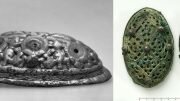


My only Viking ancestors I know of are on my mother’s side, from the Shetland Islands, explaining the blue-eyed red hair – a mark of royalty, I’ve read – in our family, including my younger son over here. (He helps his classmates make the “th” sound. 🙂 )
Back at Swedish-Lutheran Augustana College (in Rock Island Illinois, where Jan Troell did much of his research for his 2 excellent films about Swedish/Scandinavian emigration to America starring Liv Ullmann and Max von Sydow … in the library’s archives where I was a student assistant) classmates were startled when I took Dr. Karin Youngberg’s senior level Viking Literature course although not a literature major student myself: I got a hard-earned C, as I remember. 🙂 )
I’ve taken my children over here to the excellent Borre Viking Ship Mounds Vikingsenter Viking festival where they greatly enjoyed the tugs of war, axe-throwing, arrow-shooting, and miniature Viking sword forging.
I had previously taken them to the game convention there, Midgard Con, where my friend Richard Mikalsen was showing his beautiful forthcoming boardgame/brettspill Viking Jarl, now just released. (We played my FREE print-and-play game Task Forces and Convoys there, which I had designed for my then-7-year-old daughter and at which she immediately began beating me. It is a quantum step up from classic old Battleship and Stratego/Dover Patrol.)
Another popular Viking female name is Reidun meaning Lovely in the Nest, which is apt.
My maternal Grandfather was from Stockholm, his first name was Ossian,is that more of an Irish name..?
I think Ossian comes from Old Irish and is derived from the word os = deer. Ossian then means the little deer.